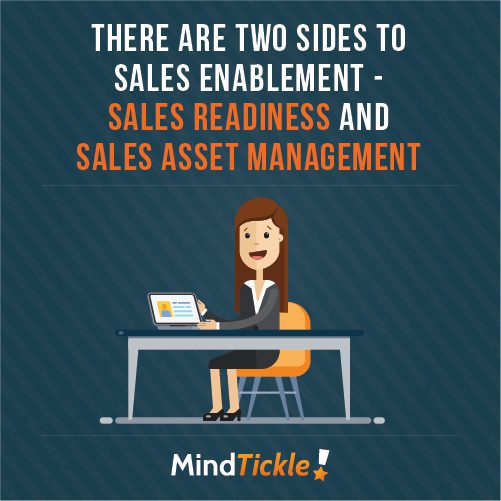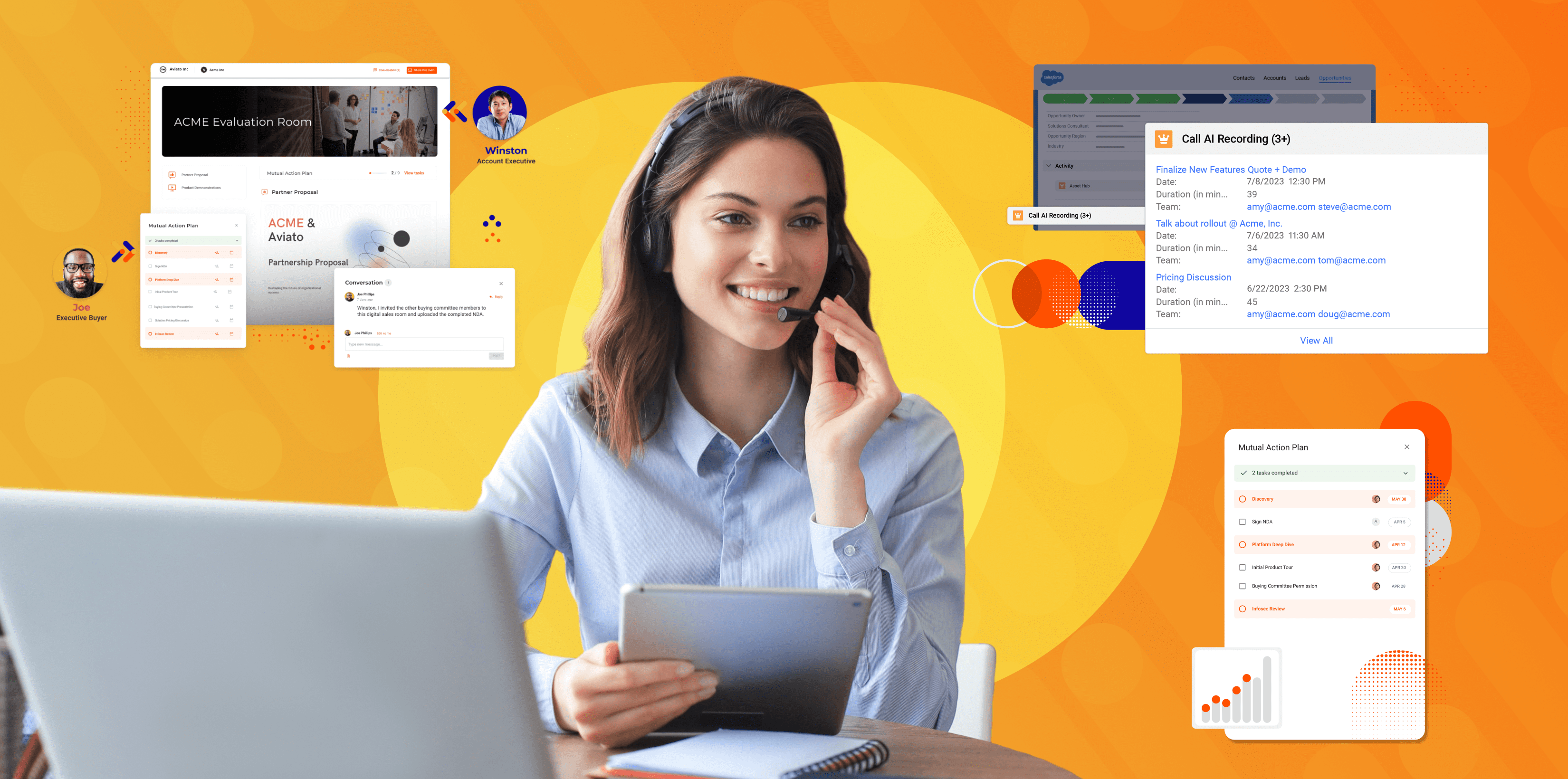 Are you building a new sales enablement strategy to grow revenue? Before you get started it’s worth taking a deeper look at exactly what sales enablement is.
Are you building a new sales enablement strategy to grow revenue? Before you get started it’s worth taking a deeper look at exactly what sales enablement is.
Forrester defines sales enablement as:
“
A strategic, ongoing process that equips all client-facing employees with the ability to consistently and systematically have a valuable conversation with the right set of customer stakeholders at each stage of the customer’s problem-solving life cycle to optimize the return of investment of the selling system.”
Topo
also does a great job at explaining the different facets of sales enablement:
“
Sales enablement is the process of providing the sales organization with the information, content, and tools that help salespeople sell more effectively.
”
So what does this mean for you?
Mindtickle POV: Sales Enablement = Sales Readiness + Sales Asset Management
There are two parts to sales enablement. The first one is foundational, like preparing your salespeople to have meaningful customer conversations. We call this “Sales Readiness” – the space that Mindtickle operates in.
Sales readiness delivers on three things:
- Ensuring customer-facing staff have the requisite knowledge of your products or services;
- Giving reps the skills to clearly articulate your unique value proposition; and
- Providing on-the-field coaching for contextual triggers like deal motion and skill development.
The goal of sales readiness is to ensure your reps are on message and always up-to-speed on your unique value proposition. For new hires, it is about accelerating their ramp up.
Ultimately, you are preparing your reps to have smarter sales conversations. Sales readiness initiatives are internally focused, not customer facing, so the content you produce would be consumed only by your sales team.
The second part, “Sales Asset Management”, is about ensuring your salespeople have the right conten
t in the context of where they are in the sales process fora specific deal
. The key objectives of sales asset management are:
- Improving customer engagement;
- Faster content delivery; and
- Simplifying content creation and management.
With so much customer-facing content being produced by marketing and sales enablement, it’s no surprise that your sales reps struggle to find the most relevant content for their prospects when they need it most. Companies like Showpad, Seismic and KnowledgeTree excel in this space.
So in a nutshell, sales asset management is about equipping your reps with the right content for their customer conversations, while sales readiness is about improving their performance by ensuring your reps have the knowledge, skills, and processes they need.
As a sales enablement leader, it’s important to communicate with your sales leadership to define and align the initiatives that will help your reps close more deals. These priorities may change from time to time. One month you may be focused on improving your SDR’s messaging and conversion rates, while in the next you could be focused on producing fresh content for a new product release.
Your sales enablement strategy will be based on the needs, challenges, and obstacles that your sales team are facing. Given how fast things change in the digital age this means your initiatives may change often, but the end-game always remains the same; to enable your sales reps so they can close more deals.








